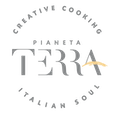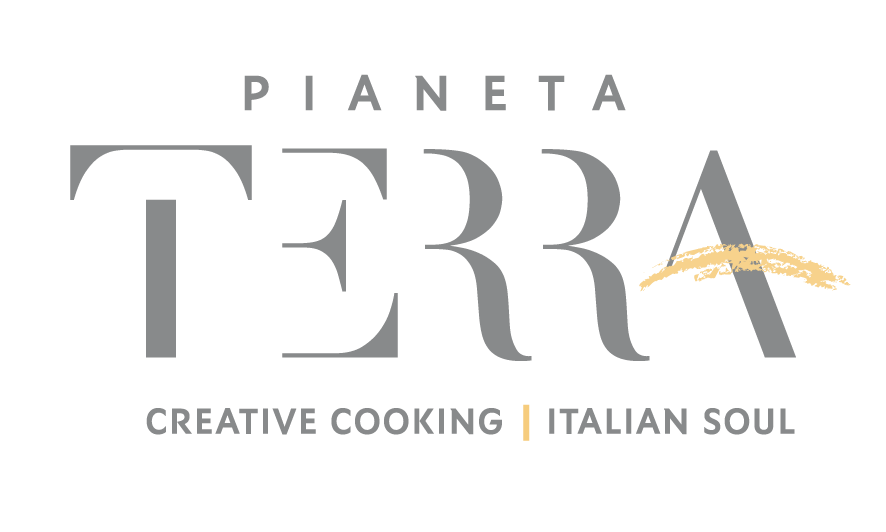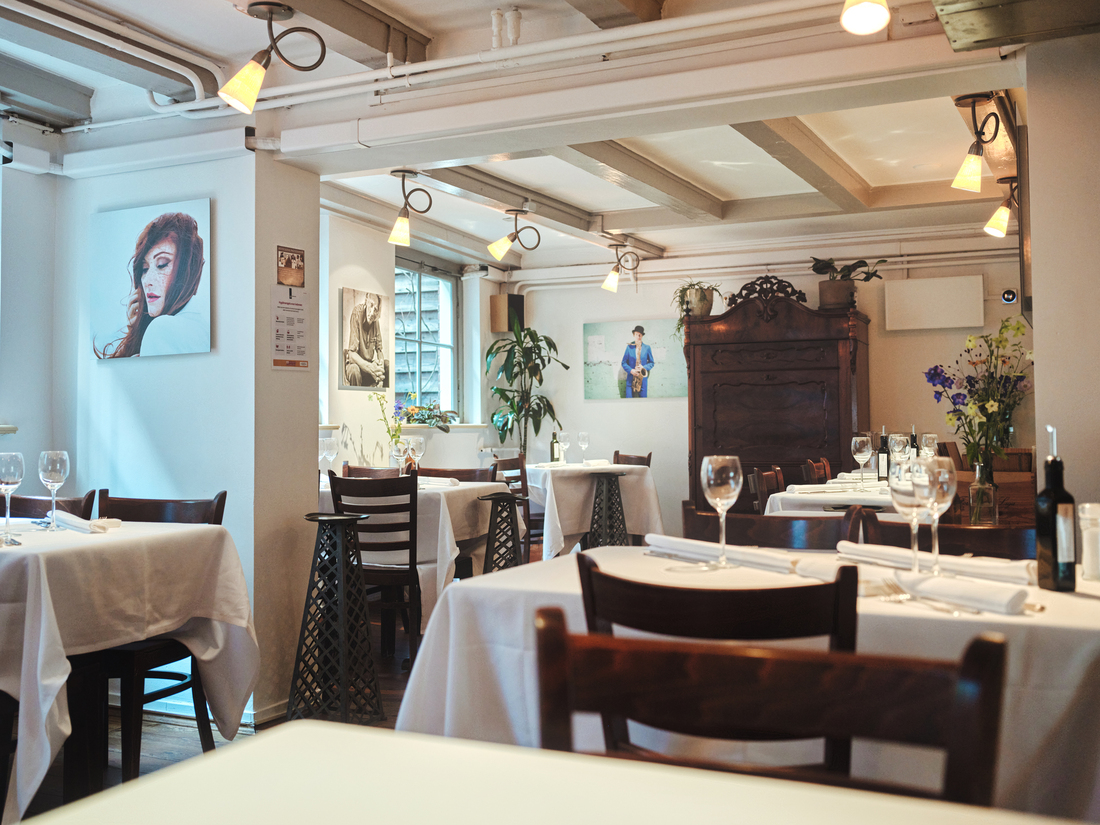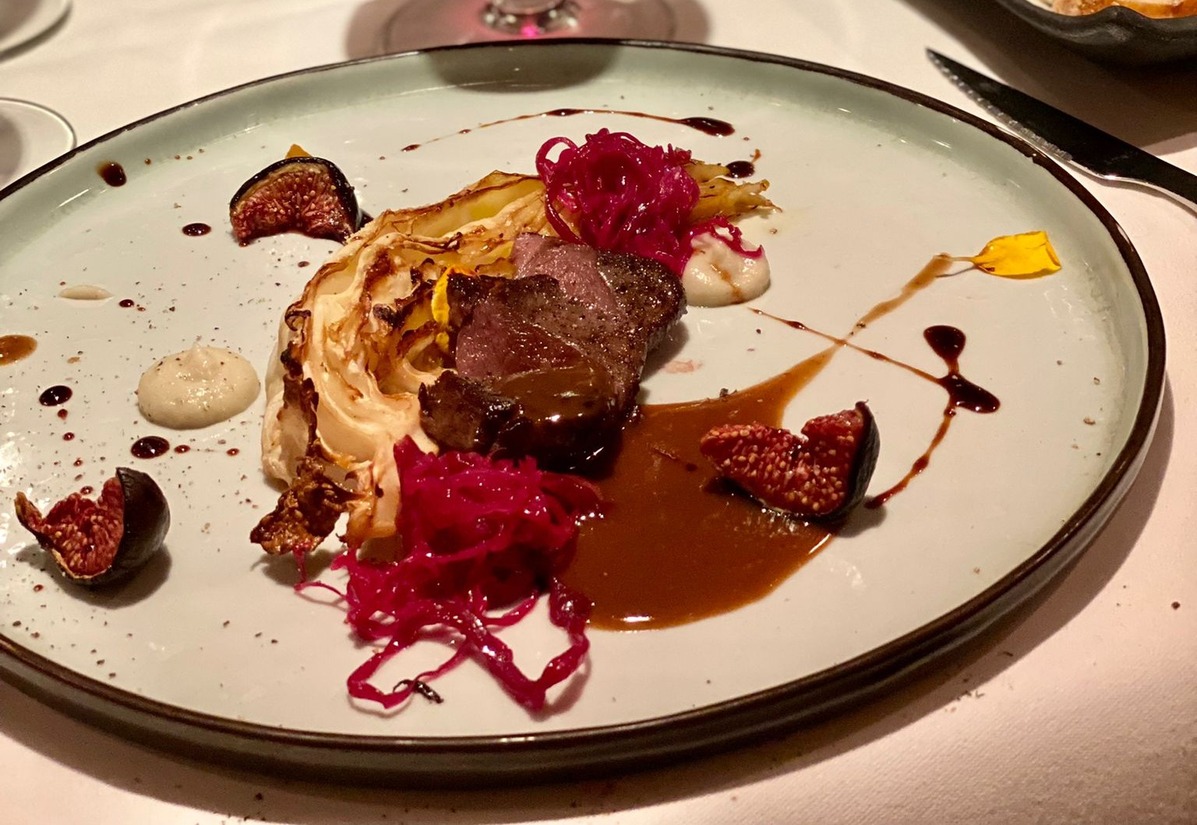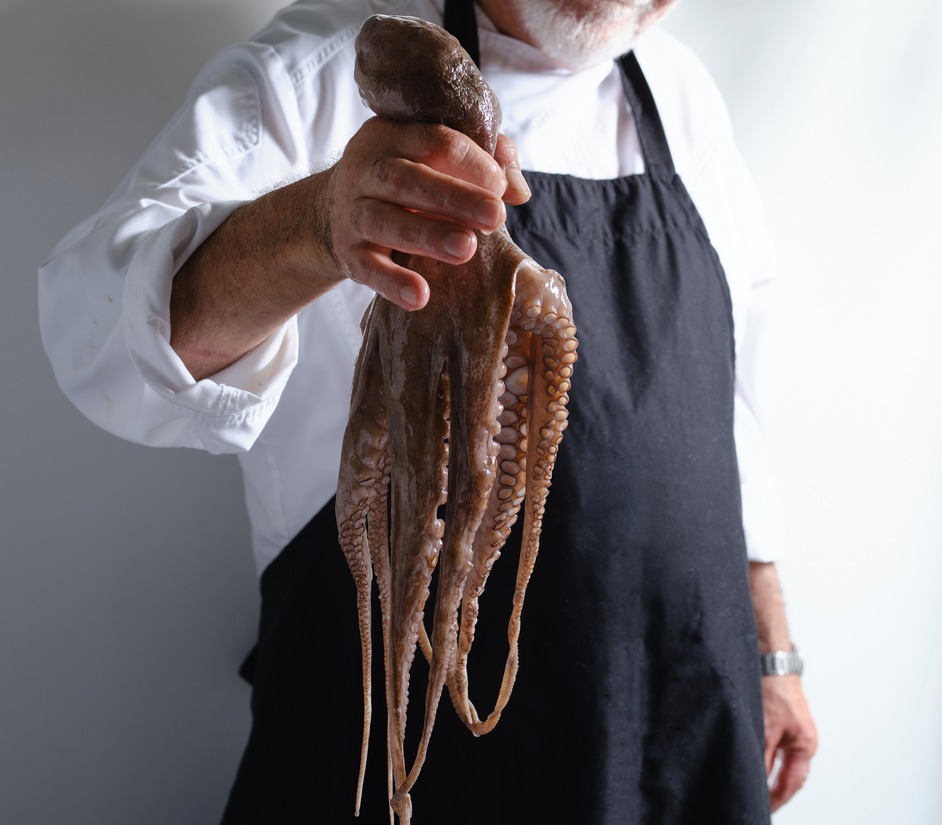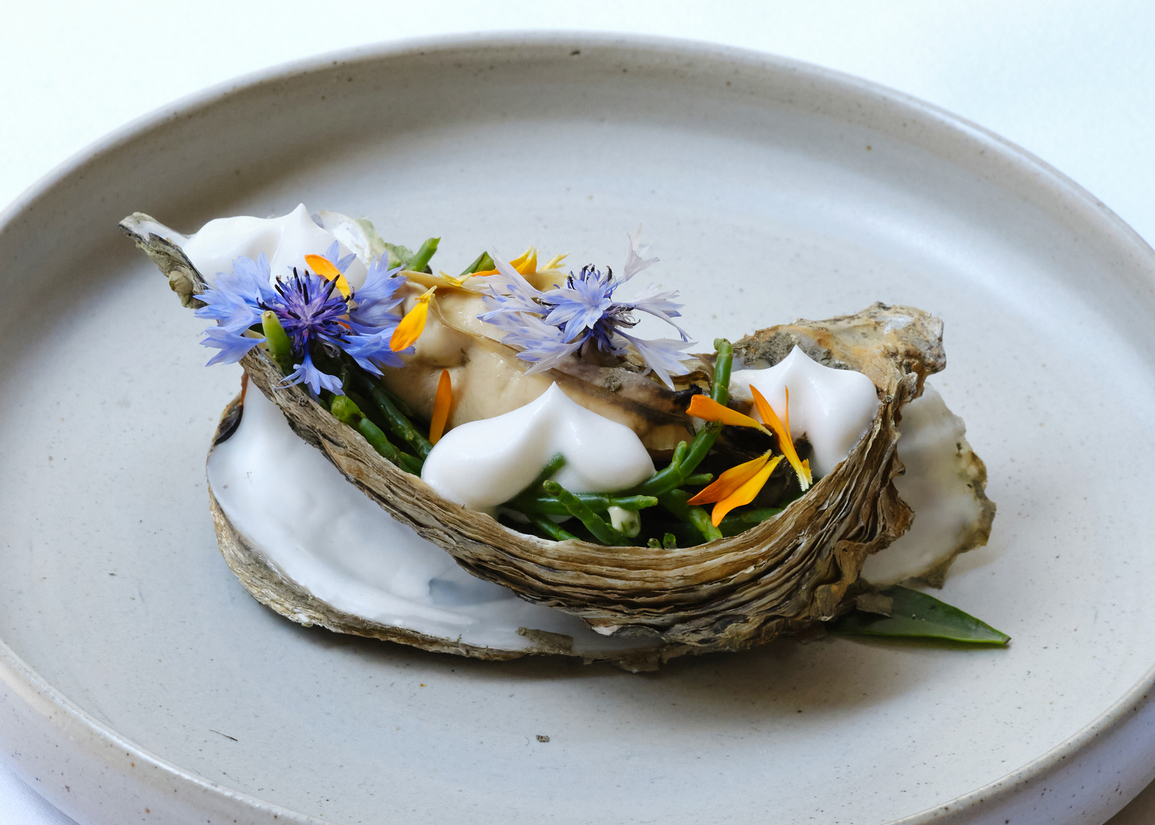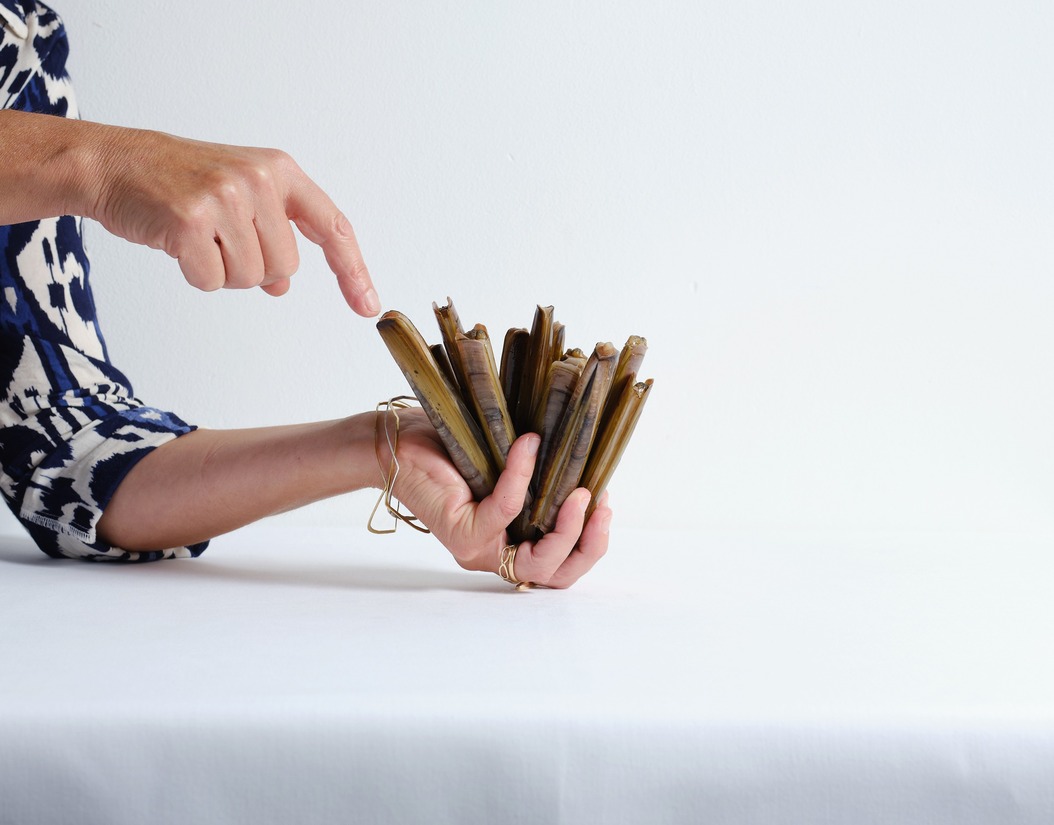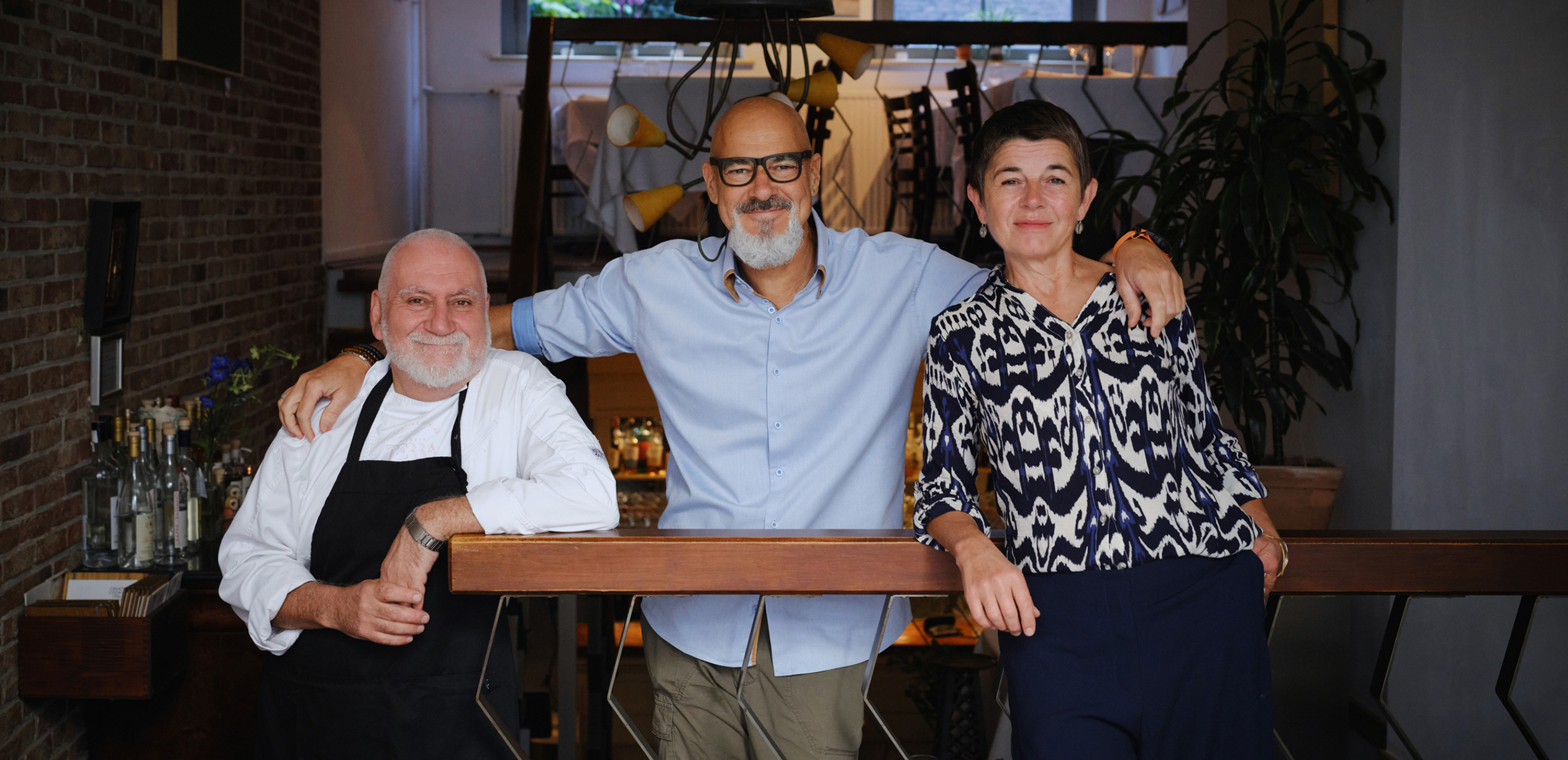Pianeta Terra, as Italian as Slow Food.
If you ask an Amsterdam foodie about Pianeta Terra, they will all exclaim, “It’s a lovely Italian restaurant off the beaten track on Beulingstraat (a small street between Singel and Herengracht).” But is Pianeta Terra truly Italian?
According to experts, it is, as Pianeta Terra was chosen as “Restaurant of the Year” by Italië Magazine last July and is included in the list of the top 50 Italian restaurants outside of Italy (ranking at number 19, the only restaurant from the Netherlands). Chef Fabio Antonini has been running the restaurant’s kitchen for over 20 years and is one of the founders and ambassadors of the Slow Food Chefs Alliance in the Netherlands. This alliance consists of chefs who adhere to the principles of Slow Food Presidia and the Ark of Taste, focusing on sustainable products locally produced by small farmers and growers, with a special emphasis on regional historical specialties. Fabio has been involved with the Italian branch of the alliance from the beginning and with the Dutch branch since 2009. “When we started Pianeta Terra in 2000, we made a conscious choice to always work with sustainable and organic products,” says Fabio. “At that time, it wasn’t as common as it is now. Additionally, we love creativity; I believe in bringing together tradition and innovation. That’s what we do at Pianeta Terra.”
If you expect a “classic” Italian restaurant, you will be surprised at Pianeta Terra. There are no pizzas, lasagnas, or tiramisu, as The Buik (food blog) discovered during a dinner celebrating the restaurant’s rankings in Italië Magazine and 50topitaly. Of course, there is a pasta dish, but what is more important, and true for all the dishes, are the “rules” of Slow Food. Fabio is “passionate about small, local, and sustainable producers,” and you can see and hear this story with every dish. After a delightful pumpkin-mascarpone flan with woodruff as an amuse-bouche, the local spectacle begins with a steamed oyster accompanied by other “sea friends.” Wild oysters are rare as most are farmed, but Jan and Barbara Geertsema of Goede Vissers (Good Fishermen) gather these oysters and return any unsold ones to the sea within two days. Fabio creates a mini “sea” tasting experience with the oyster, enhanced with sea banana, samphire, shrimp, and herring caviar.
A middle course features a piece of pork jowl (guanciale) from an “extraordinary” pig, served with fermented plums, red onion (the famous Tropea variety), bimi, homemade BBQ sauce with kimchi, and crispy pork rind. This silky-smooth pork comes from the “Buitengewone Varkens” (Extraordinary Pigs) project spread across 20 small-scale locations in the Netherlands. These are places where pigs can roam, forage, and relax in fields, meadows, and forests. The pork jowl comes from pigs at the Noord Oogst agricultural initiative (Amsterdam Noord), where 18 Duroc & Berkshire pigs are raised.
Next come dishes of homemade fusilli with black garlic and moscardini (baby octopuses), and a wild sea bass caught and processed using the ikejime method (where the fish is instantly brain-dead, avoiding suffocation) by the Goede Vissers, served with sea fennel, dashi, and beurre blanc.
As a meat dish, Fabio serves crow from “De Keuken van het Ongewenste Dier” (The Kitchen of the Unwanted Animal). “Every day, crows, coots, and swans are hunted,” Fabio explains. “These are animals you hardly ever see on menus, and that’s a shame. The Kitchen of the Unwanted Animal aims to prevent food waste. We regularly serve crow, now with roasted pointed cabbage, fig, and balsamic jus.” It’s a great combination, as the crow has a taste and texture similar to wild duck and pairs wonderfully with the balsamic jus.
The dessert also has an Amsterdam touch, with the main ingredient of the Matcha Na Melaka (Japanese matcha mousse cake) being honey from Dorinde de Tempe of De Mokumse Stadsimkerij (The Mokum Urban Beekeeping). It is beautifully prepared with sea buckthorn berries from the local dunes. It’s a dish where Italy is hardly to be found.
So, is Pianeta Terra not an Italian restaurant then? If you define Italian cuisine as having classic pasta dishes, buffalo mozzarella from Campania, or Nduja from Calabria on the menu, then no. However, Fabio has been strictly and enthusiastically following the rules of the Slow Food Presidia, originally from Italy, in his restaurant for years. In that sense, the restaurant couldn’t be more “slow food” than it already is. The truly Italian elements, besides Fabio and part of his team, are the cheeses and the wine list featuring sustainable winemaking and a separate section for natural wines. In summary, as far as The Buik is concerned, Pianeta Terra is as Italian as slow food itself.
Read more on: DeBuik.nl
